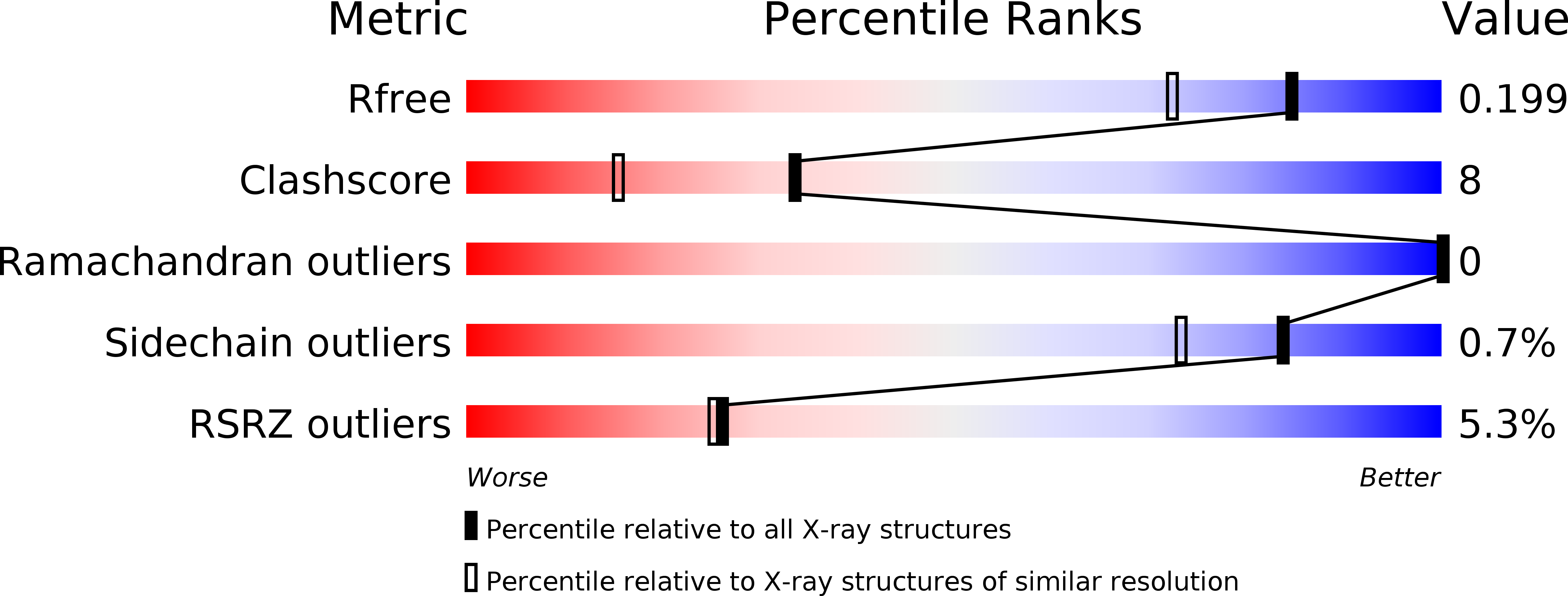
Deposition Date
2013-02-18
Release Date
2013-04-03
Last Version Date
2024-11-27
Entry Detail
PDB ID:
4JAM
Keywords:
Title:
Crystal structure of broadly neutralizing anti-hiv-1 antibody ch103
Biological Source:
Source Organism:
Homo sapiens (Taxon ID: 9606)
Host Organism:
Method Details:
Experimental Method:
Resolution:
1.65 Å
R-Value Free:
0.19
R-Value Work:
0.16
R-Value Observed:
0.17
Space Group:
P 1 21 1


